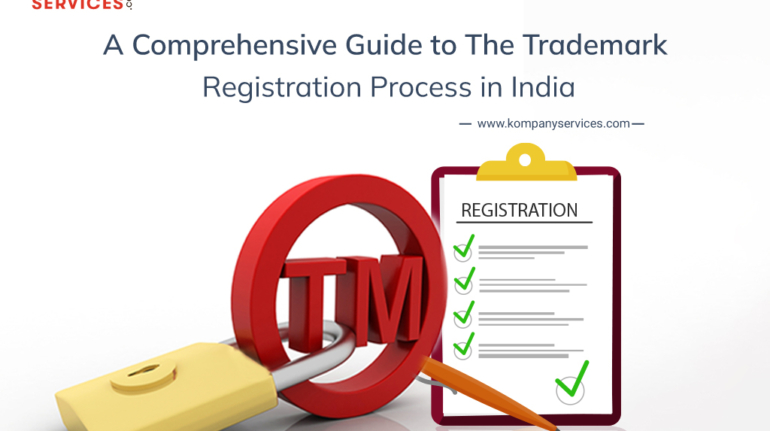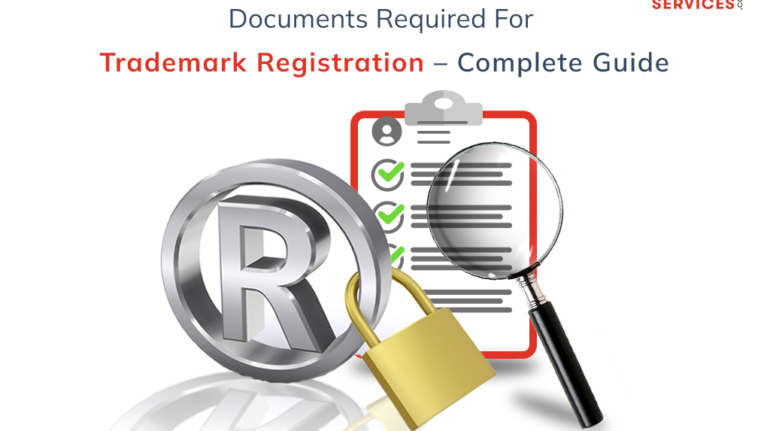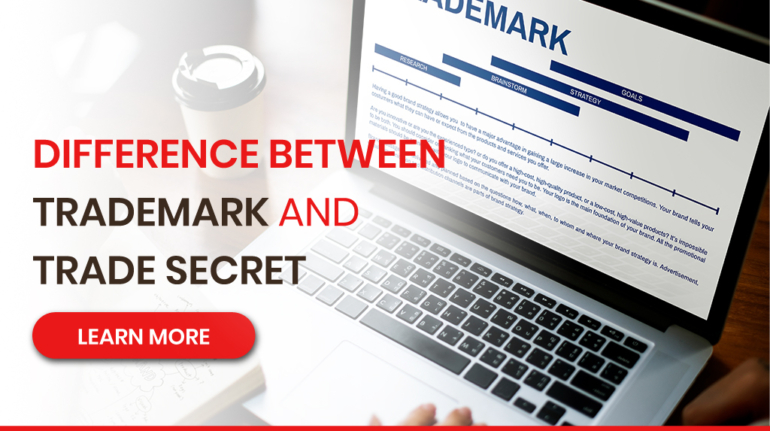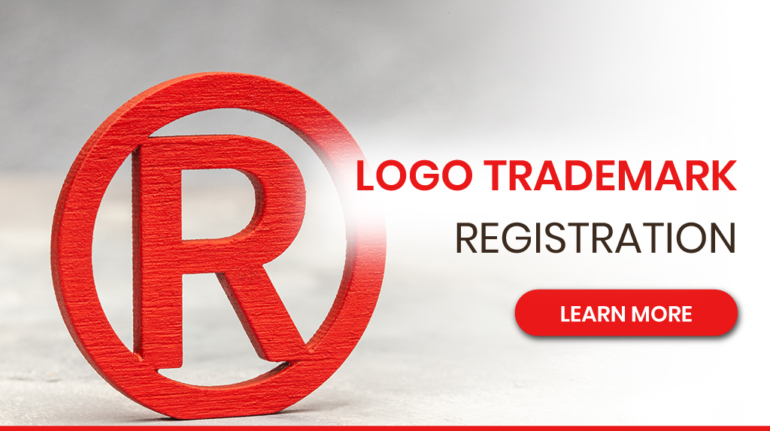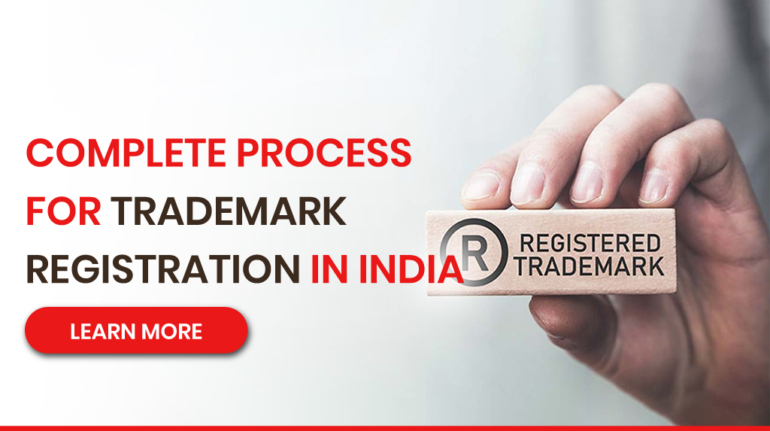A Comprehensive Guide to the Trademark Registration Process in India
A trademark is a special and distinguishing symbol that is used to identify products or services that are offered by a certain person, business, or entity. It can be expressed in many ways, such as through words, phrases, symbols, designs, logos, or a mix of these. In order to foster consumer loyalty and trust toward a brand, trademarks are essential for helping consumers identify and discern one brand from others in the marketplace. It is significant to remember that service marks and tradem ...

